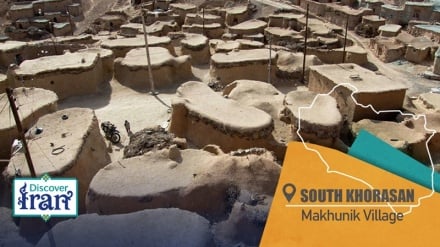How did Isfahan become the hub of Iran’s handicrafts?
-
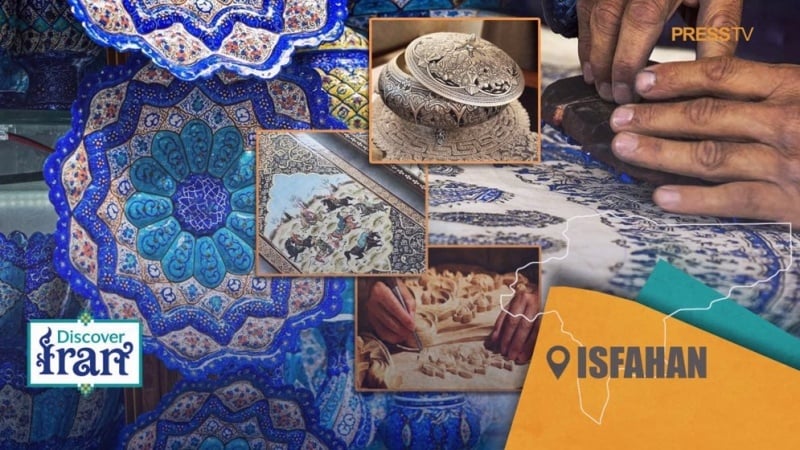
How did Isfahan become the hub of Iran’s handicrafts?
Pars Today – For centuries, Isfahani artisans have preserved traditional crafts such as minakari (enamelwork), ghalamkari (hand-printed textiles), and khatamkari (wood inlay).
Located in the heart of Iran, Isfahan has long been regarded as the country’s handicrafts capital. Here, handicrafts are not seen merely as souvenirs or cultural heritage; they have grown into a billion-dollar industry that creates jobs, boosts exports, and fuels tourism.
According to Pars Today, quoting Press TV, Isfahan’s artisans have safeguarded their skills as an essential source of the local economy. Masters in bazaars and workshops pass their expertise from one generation to the next, helping preserve Iran’s artistic heritage.
During the Safavid era, Isfahan was known as “the jewel in the crown of Iran’s handicrafts,” and its artisans continue to preserve these skills today.
Isfahani craftsmen keep alive a wide range of traditional arts, including minakari (painting on metal), khatamkari (wood inlay), ghalamzani (metal engraving), mirror work, turquoise inlay, carpet weaving, pottery, tilework, embroidery, and ghalamkari (hand-printed textiles).
About 60% of Iran’s handicrafts are produced in Isfahan.
Isfahan produces about 60% of Iran’s handicrafts, with around 200 of the country’s 300 traditional crafts practiced in the province. Nearly 70,000 artisans are active there, working in approximately 9,000 workshops.
The export figures highlight the strong economic potential of this sector: in the fiscal year ending in March 2024, Isfahan’s handicraft exports exceeded $15 million, nearly double the previous year. In the first nine months of that fiscal year (March 21–December 20, 2024), exports reached $7.6 million.
Tourism also drives growth in this industry. During Nowruz 1404 (March 2025), about 1.6 million tourists visited Isfahan, while some 600 handicraft stalls achieved sales of roughly 250 billion rials.
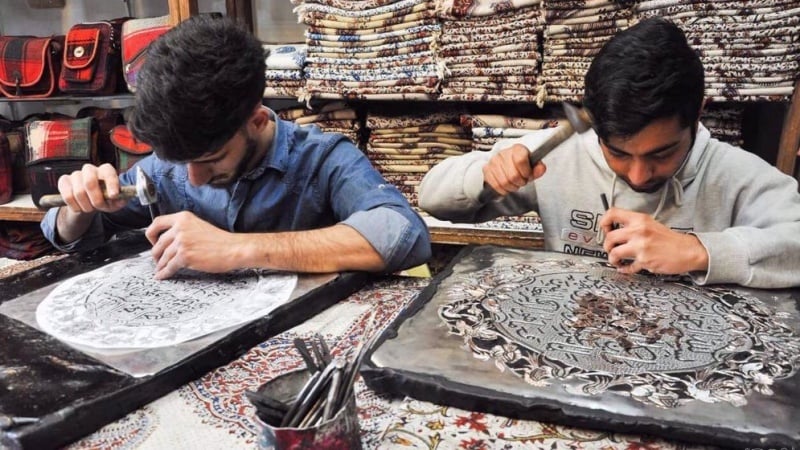
Isfahan: A popular tourist destination
Isfahan’s global recognition has further strengthened its position as a major tourist destination. In 2015, the World Crafts Council designated Isfahan as a World City of Crafts, making it the first city to receive this title. Later, in 2023, UNESCO recognized Isfahan as a Creative City of Handicrafts and Folk Arts.
The art of ghalamkari, a fabric printing technique using wooden stamps, was also registered as a World Heritage Craft in 2023. Primarily applied on cotton fabrics, this art features floral, geometric, and Persian calligraphy designs and is closely connected to other Iranian arts, such as carpet weaving.
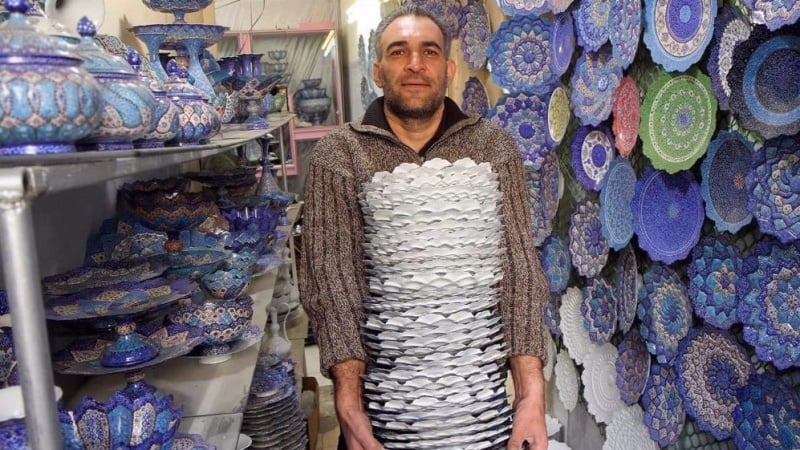
Isfahan’s handicrafts gain global recognition
Ghalamkari became the second Isfahani art to achieve international recognition, following minakari (painting on metal). In 2024, the craft of Isfahan’s seven-color tiles was also globally acknowledged for its historical and cultural significance. These tiles can still be seen in iconic buildings such as Imam Mosque and Sheikh Lotfollah Mosque in Isfahan.
Beyond their symbolic value, these achievements help attract tourists, expand international markets, and preserve traditional skills.
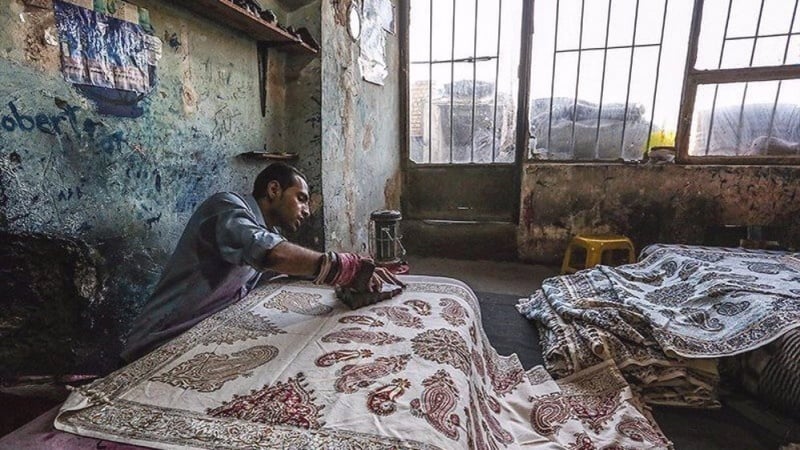
Handicrafts: An alternative to oil in Iran’s economy
Handicrafts, as a vital sector of Iran’s economy, have the potential to serve as an alternative to oil. They require minimal infrastructure, create diverse employment opportunities, and support the country’s cultural diplomacy. Reports indicate that handicrafts have become one of Iran’s strongest non-oil exports, providing many artisans with a stable and sustainable income.
From minakari and khatamkari to carpet weaving and ghalamzani, Isfahan’s workshops demonstrate how traditional crafts can evolve into modern economic prosperity while continuing to contribute to Iran’s overall economic growth.

